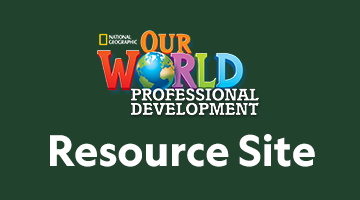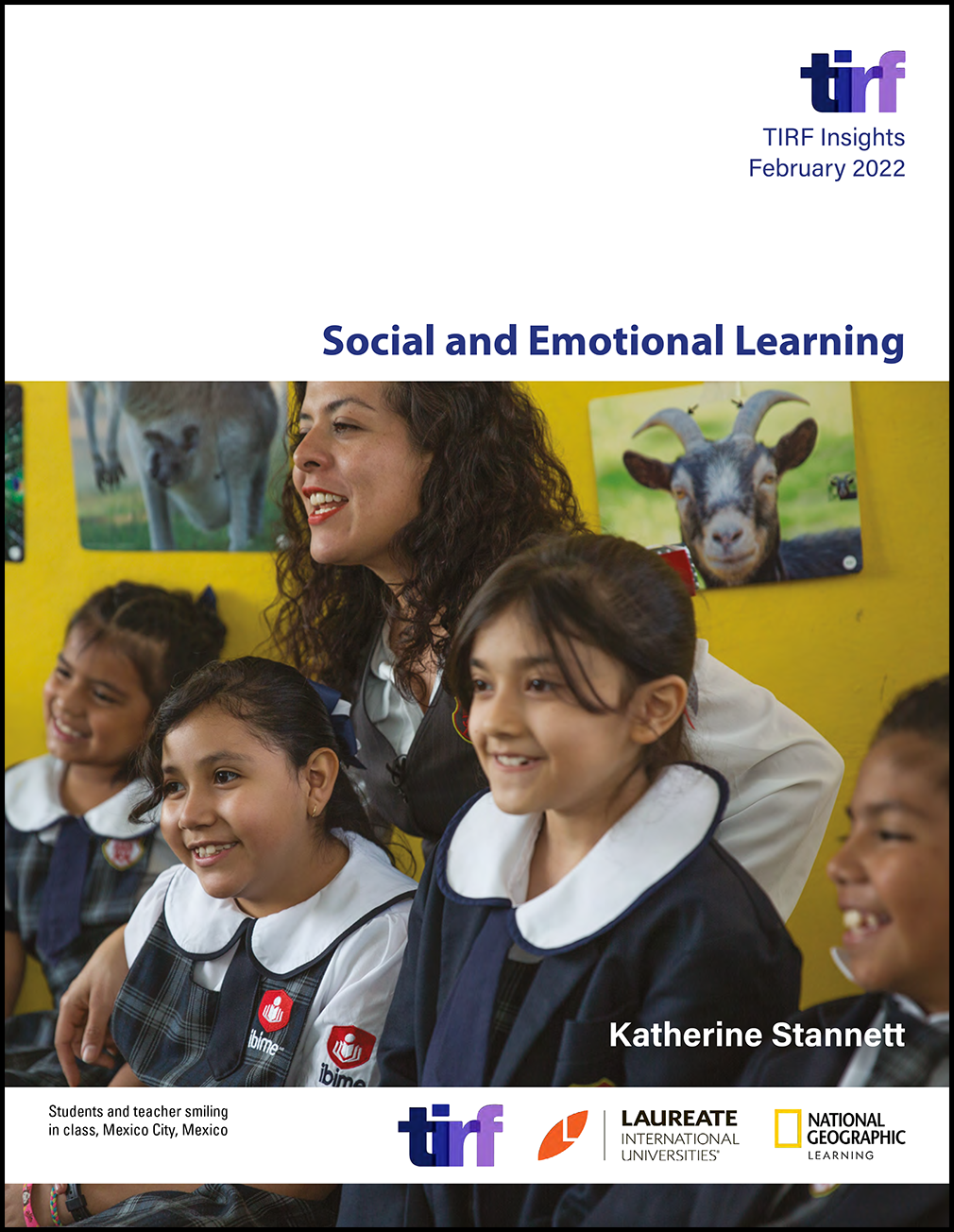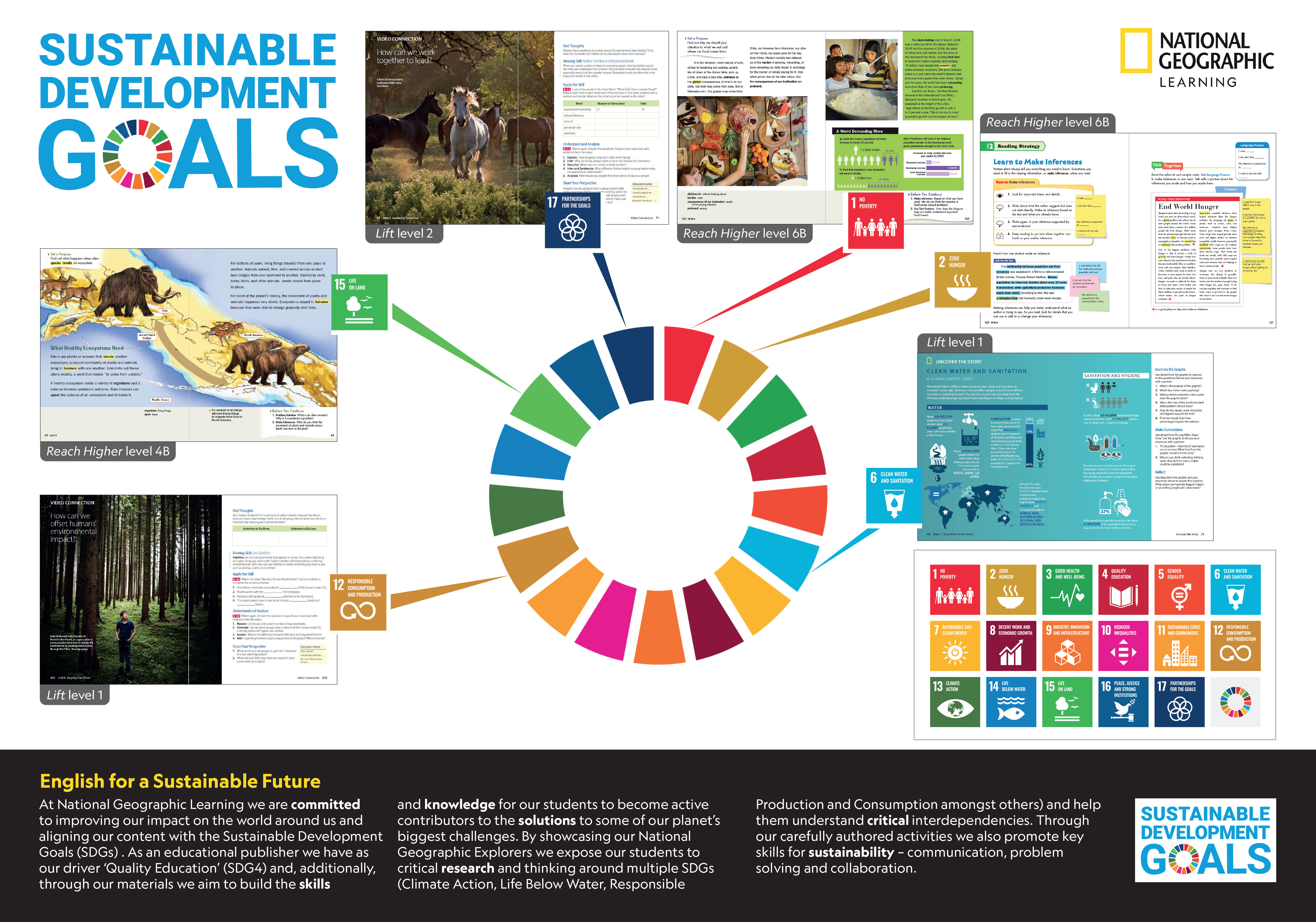Here is a selection of our best warmer, filler and cooler activities from some of our young learner series.
Why not try them out in your summer school classroom, or make a note of them for September?

#1
#2
#3
Use this game to review flashcard words. Shuffle all the flashcards you want to review and place them face down on the table. Put students into two or four teams, depending on the size of the class.
- Model the activity first.
Turn over and hold up one flashcard at a time. Teams take it in turns to talk about the flashcard. Ask students to say 3 sentences about the flashcard. Eg. ‘It’s a book. It isn’t a ruler. The book is small.’
Award one point for each correct sentence. Add up the points at the end, the winning team is the one with the most points.
(Taken from Look Level 1)
Revise vocabulary using a flashcard game. Show the flashcard very quickly (for one second) and ask students what the word is.
(Taken from Wonderful World 2e, Level 2)
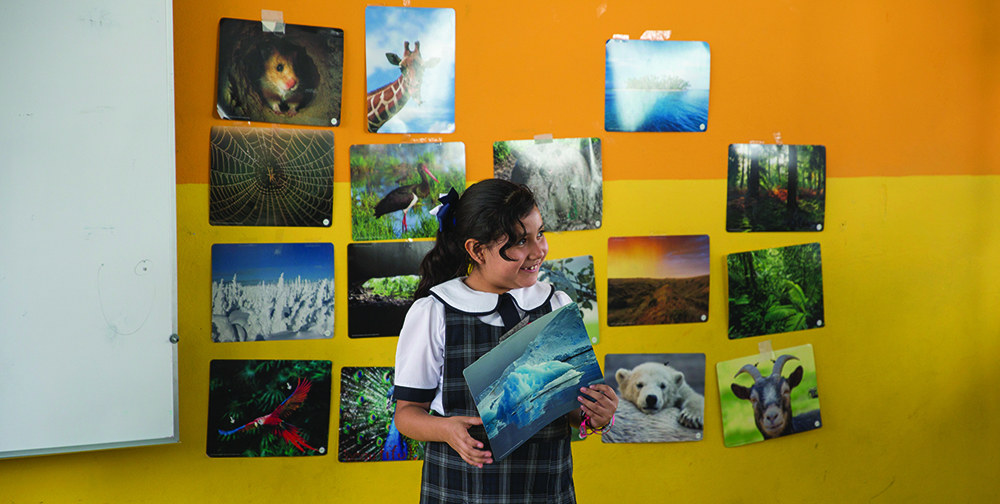
Activate your students’ prior knowledge and find out what vocabulary they already know with this warm-up activity.
Put your students into pairs or groups. Give them a time limit (eg. 3 minutes) to brainstorm as many words as possible for a particular category (for example food and drink). Then ask each group to share their list, and make a class list on the board.
(Taken from Our World 2e, Level 3)

#1
#2
#3
Choose a photo in your students’ coursebook (or any other photo of your choice!). Give your students 1 minute to look at the photo and remember as much as possible about it.
Then ask your students to close their books/take away the image. Ask your students to tell you everything they can remember about the photo. For lower level students this can be words rather than whole sentences.
Taken from Wonderful World 2e Level 2
Write vocabulary words on the board in random order with the letters scrambled. Ask the students to work in pairs to unscramble the letters and write the words in their notebooks. When they finish, ask them to look in their books to check the spelling.
Taken from Imagine, Level 1
‘Write’ one of your vocabulary words with your finger in the air. Invite students to try to guess what word you chose. An alternative is to use your finger to write the words on a surface, like a table or board. After several turns, call on students to come to the front to ‘write’ words in the same way.
Taken from Imagine Level 3

#1
Give your students a fun quiz at the end of the lesson to see how much they remember. Choose three or four short tasks relevant to what your students have been studying, and write instructions for these on the board. For example:
1. Name five toys.
2. Name five family members.
3. Have a conversation starting with ‘What’s this?’
4. Have a conversation starting with ‘Is this your…?’
Then put your students in pairs to complete each question.
Taken from Imagine Level 1
#2
Practice describing a picture and prepositions of place by reading a description aloud to your students. Ask your students to draw a picture to illustrate each sentence as you say it. Then ask students to work in pairs and remember the sentences, using their pictures as a reference.
Taken from Look Level 1
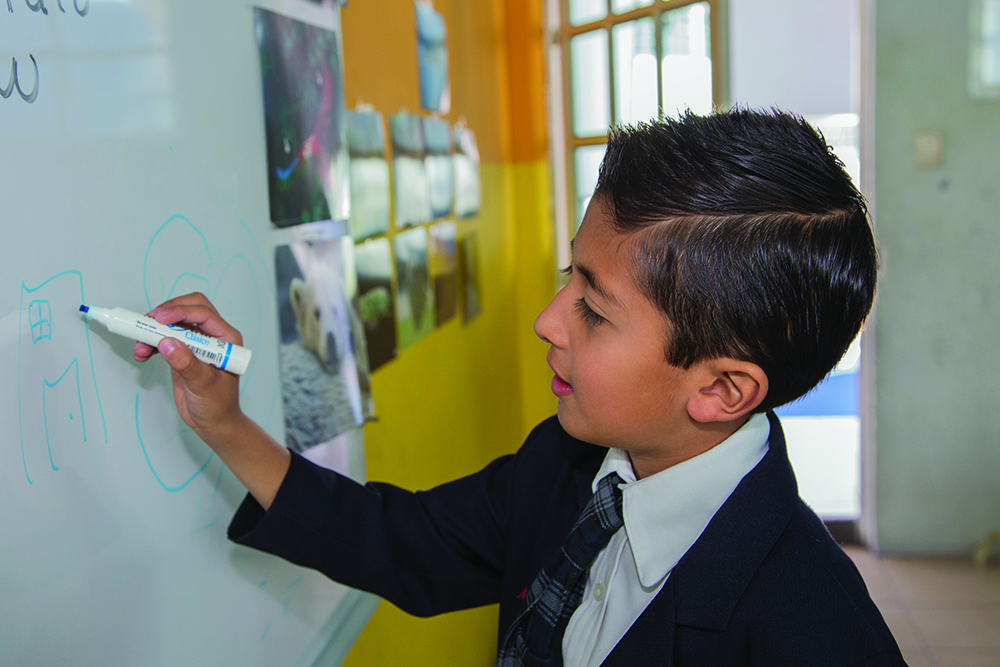
#3
Write sentence halves from a text students have read on the board with the beginnings and ends scrambled, for example:
1.People all over the world
2.There’s a job
3.Master builders use
4.He thinks it’s good
5.Don’t build
A. to build different things.
B. the house and the spaceship.
C. play with building bricks.
D. called a master builder.
E. a lot of bricks.
Put students into pairs to match the sentence halve without looking at the text.
Taken from Look, Level 2
You can find lots of Professional Development videos, downloadable teacher training materials, and links to additional professional development resources on our dedicated page, that will help improve classroom practice.
Read Kath Stannett’s report on Social and Emotional Learning for TIRF. It's full of insight and ideas for bringing SEL into your classroom.



